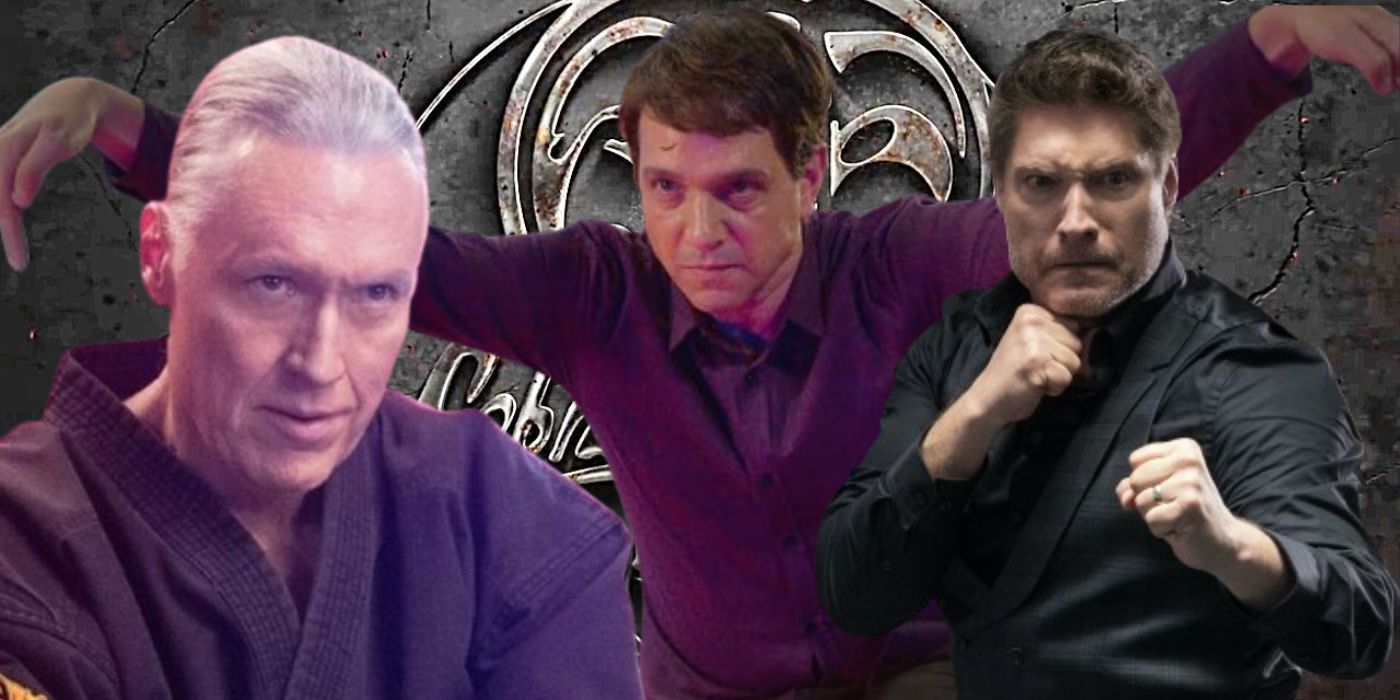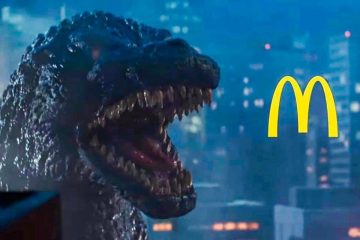With its sixth and final season on the horizon, fans continue to praise Netflix’s Cobra Kai for what it has managed to accomplish as a continuation of The Karate Kid films, but every film in the franchise hasn’t been received nearly as well. For decades, The Karate Kid Part III has been regarded as one of the worst entries. In its two most recent seasons, however, the TV sequel managed to do something none of the fans would have ever expected by embracing the way the third film is usually looked at.Cobra Kai, with all of this tongue-in-cheek self-awareness, not only brought back two of the third film’s main villains, Terry Silver and Mike Barnes, but they also changed them for the better by acknowledging the outlandishness of all the aspects of the third film that have been criticized over the last 30 years. That being said, perhaps it’s time that The Karate Kid Part III should be looked at differently with all how the show manages to course-correct the film’s characters and storyline.The film brought back Martin Kove as John Kreese but also introduced some new villains with the additions of Mike Barnes and Terry Silver. Unlike Johnny Lawrence and Chozen in the two previous films, however, many were unimpressed by these new adversaries of Daniel. In the film, Silver is depicted as a loyal friend of Kreese from his days in the army and the slimy head of Dyantox Industries, a toxic waste disposal company that illegally dumps waste into the environment. Throughout the entirety of the film, his motivation doesn’t go anywhere beyond the need to save the Cobra Kai dojo and get revenge on Daniel and Miyagi, all on behalf of his old army pal. He was a comically over-the-top villain, practically to the point of becoming a live cartoon, but the depiction of Barnes as a vicious bully who lacks any kind of sportsmanship and is only motivated by the promise of riches from Silver wasn’t much better.
With its sixth and final season on the horizon, fans continue to praise Netflix’s Cobra Kai for what it has managed to accomplish as a continuation of The Karate Kid films, but every film in the franchise hasn’t been received nearly as well. For decades, The Karate Kid Part III has been regarded as one of the worst entries. In its two most recent seasons, however, the TV sequel managed to do something none of the fans would have ever expected by embracing the way the third film is usually looked at.
Cobra Kai, with all of this tongue-in-cheek self-awareness, not only brought back two of the third film’s main villains, Terry Silver and Mike Barnes, but they also changed them for the better by acknowledging the outlandishness of all the aspects of the third film that have been criticized over the last 30 years. That being said, perhaps it’s time that The Karate Kid Part III should be looked at differently with all how the show manages to course-correct the film’s characters and storyline.
The film brought back Martin Kove as John Kreese but also introduced some new villains with the additions of Mike Barnes and Terry Silver. Unlike Johnny Lawrence and Chozen in the two previous films, however, many were unimpressed by these new adversaries of Daniel. In the film, Silver is depicted as a loyal friend of Kreese from his days in the army and the slimy head of Dyantox Industries, a toxic waste disposal company that illegally dumps waste into the environment. Throughout the entirety of the film, his motivation doesn’t go anywhere beyond the need to save the Cobra Kai dojo and get revenge on Daniel and Miyagi, all on behalf of his old army pal. He was a comically over-the-top villain, practically to the point of becoming a live cartoon, but the depiction of Barnes as a vicious bully who lacks any kind of sportsmanship and is only motivated by the promise of riches from Silver wasn’t much better.
#Cobra #Kai #Karate #Kid #Part #III #Credible
Note:- (Not all news on the site expresses the point of view of the site, but we transmit this news automatically and translate it through programmatic technology on the site and not from a human editor. The content is auto-generated from a syndicated feed.))



